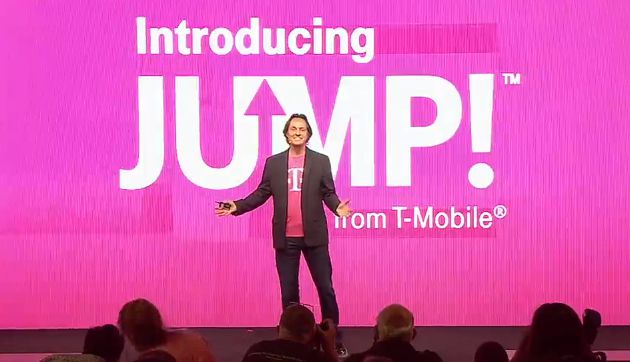A report from CIRP (Consumer Intelligence Research) suggests that of all the Uncarrier phases working best, it’s Jump! giving T-Mobile the edge over its competitors. Combined with the separation of airtime and phone costs, it’s helping Tmo keep hold of its customers, and attract more from other carriers.
As a result, T-Mobile is keeping hold of a far higher percentage of its current customers than any other carrier, while simultaneously, attracting more from other carriers than are switching to them. In the long run, that’s a strategy that virtually can’t fail.
“T-Mobile retained an incredible number of customers, with almost all T-Mobile customers that had a financing plan remaining with that carrier,” says CIRP cofounder Mike Levin. ”T-Mobile also attracted a significant number of customers from AT&T and Verizon, rather than just from smaller regional and pre-paid carriers.”
As for changing the industry, that’s working too. Jump – of course – kickstarted a chain of reactions from its competitors, all of whom started offering their own versions of the plan, giving customers the chance to upgrade earlier than the two-year contract used to. 18% of Sprint customers, 13% of VZW customers and 16% of AT&T customers have taken advantage of their carriers’ early upgrade plans.
“Led by T-Mobile, these financing programs now often resemble leasing, where customers pay monthly for a phone,” explains CIRP cofounder Josh Lowitz. “So, customers either own the phone at the end of the lease term, or return it to the carrier and start paying for a new phone… In the first six months since T-Mobile ended subsidies, and the other major carriers followed, a considerable number of eligible customers have embraced the concept.”
We’ve all heard John Legere talk about his main aim with Uncarrier isn’t just to provide stiffer competition to the other carriers. It’s about changing and industry that’s “broken”. From this recent research, it would seem like it’s working.
Via: BGR

